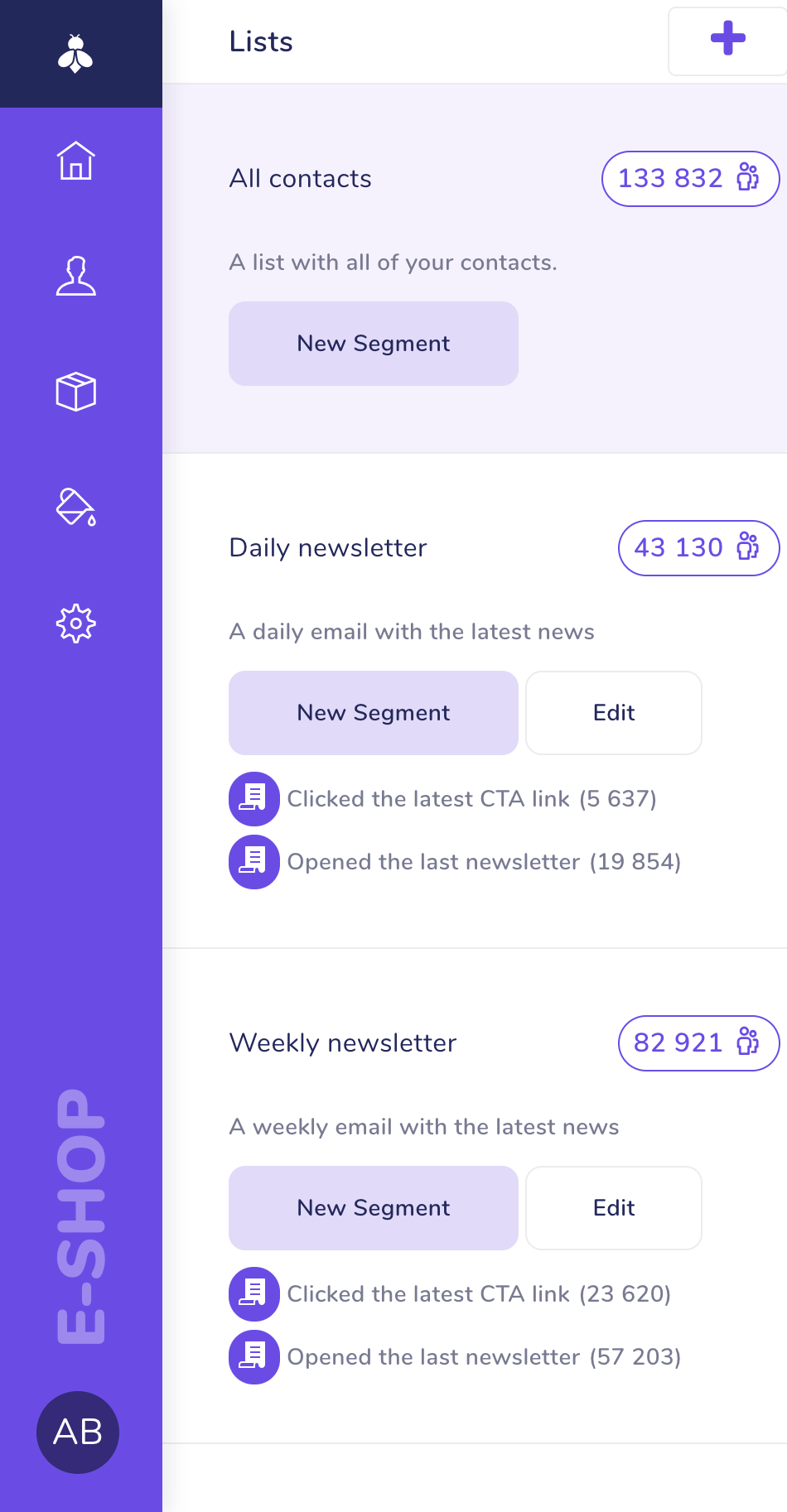Concatenated Properties
As some of you might now, Ember provides you with something called concatenated property. Their main use case is internal, which means you are unlikely to have the need to use them in your own application. There are some places in Ember where you might be surprised by how things behave and this might be one of those. Let’s start with an example.
App.UserView = Ember.View.extend({
classNames: ["user"]
});
App.UserView.create().get("classNames") // => ["ember-view", "user"]
Now you might be asking, where is the "ember-view" coming from? Time
for another example
App.DetailUserView = App.User.extend({
classNames: ["more", "detail"]
});
App.DetailUserView.create().get("classNames") // => ["ember-view", "user", "more", "detail"]
This must be some sorcery! It seems that classNames aren’t overwritten
in the subclass, but rather concatenated to the superclass’ value of
that property. This works even when you overwrite it in an instance.
Ember.View.create({ classNames: ["cat"] }).get("classNames") // => ["ember-view", "cat"]
A simple glance at the Ember.View source code reveals it’s secrets
Ember.View = Ember.CoreView.extend({
concatenatedProperties: ['classNames', 'classNameBindings', 'attributeBindings'],
// more stuff
If this still doesn’t make any sense to you, just go take a look at the tests for concatenated properties.
 Trackets Blog
Trackets Blog
